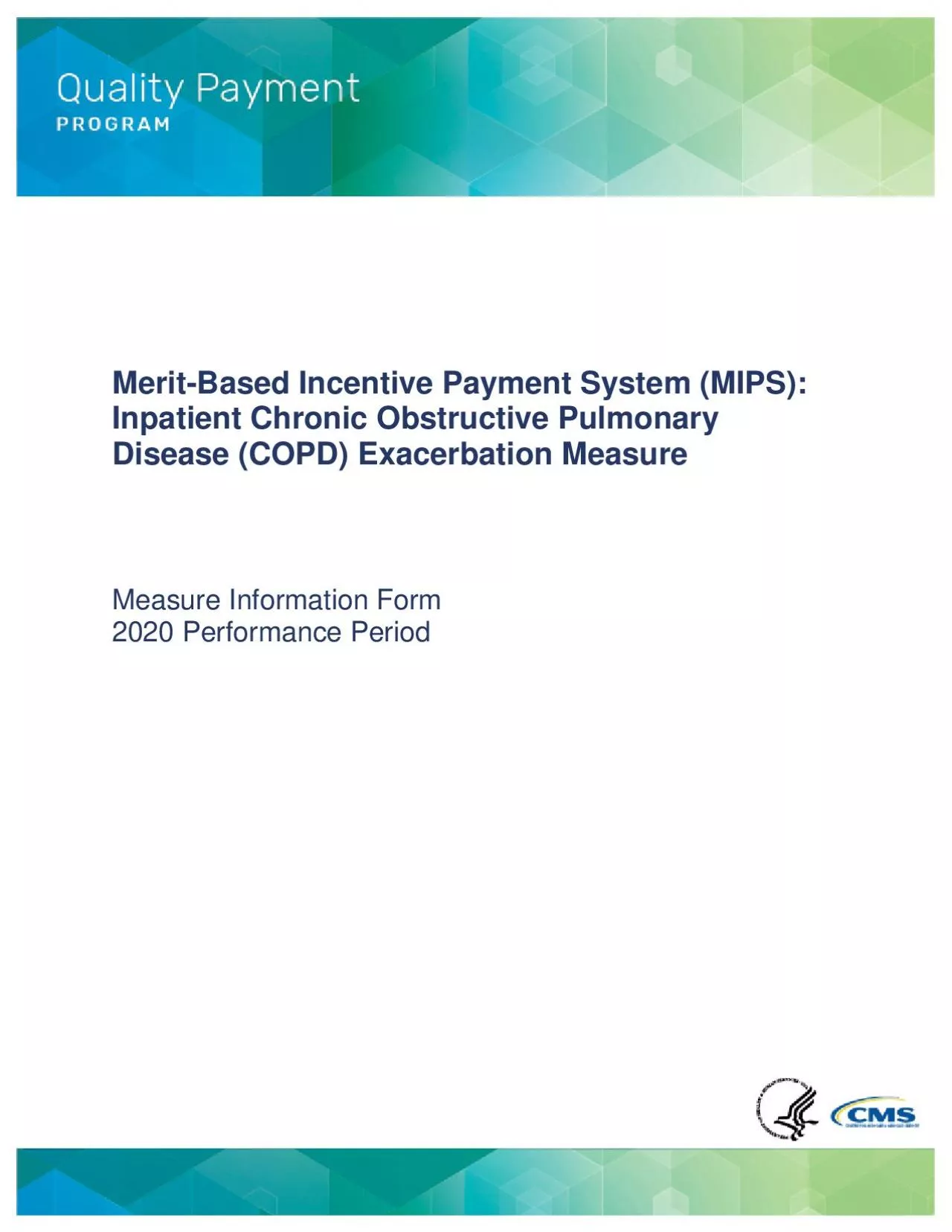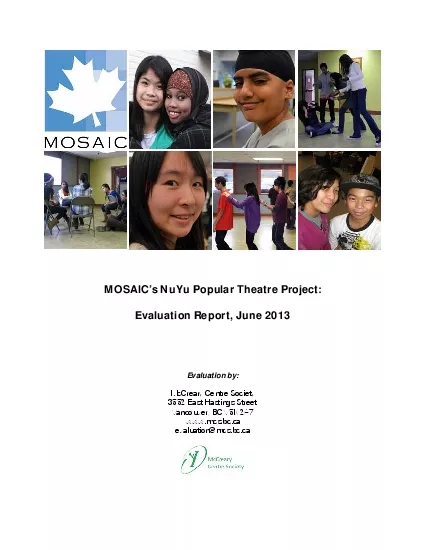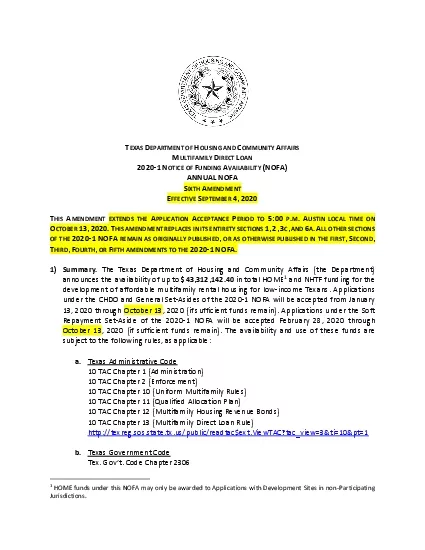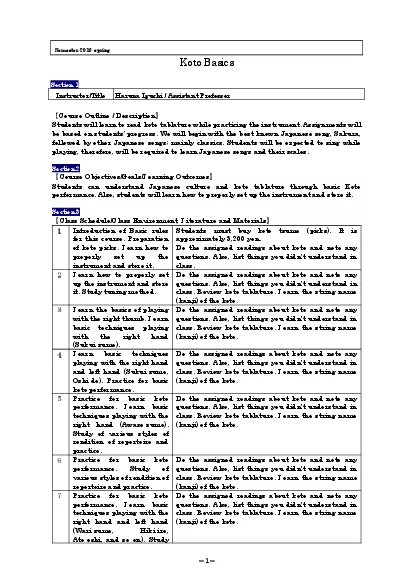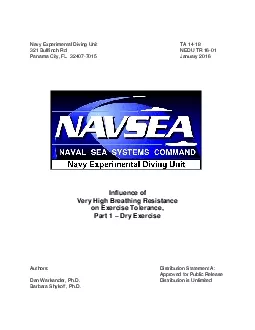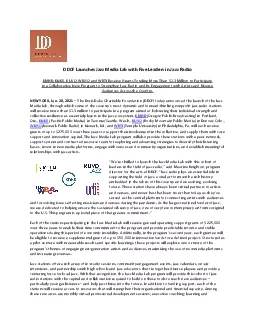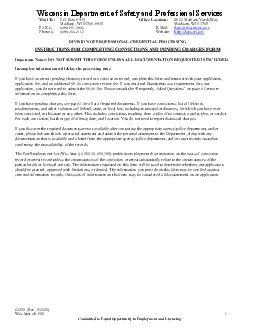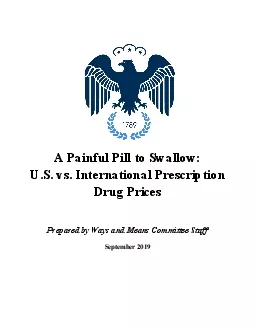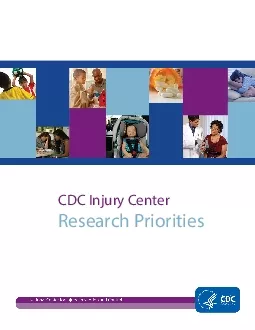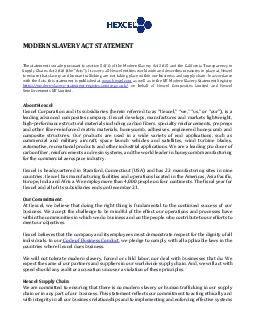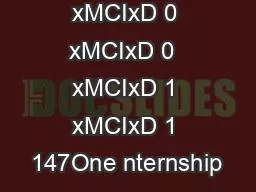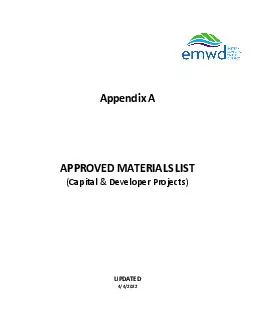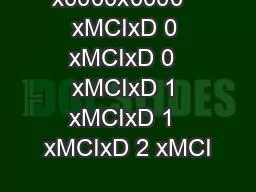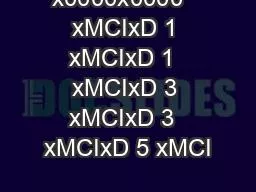PDF-x0000x0000 xMCIxD 1 xMCIxD 1 MeritBased Incentive Payment System MIP
Author : gagnon | Published Date : 2021-10-04
x0000x0000Inpatient Chronic Obstructive Pulmonary Disease COPD Exacerbation Measure Information Form MIF 2 Table of Contents10Introduction 311Measure Name 312Measure
Presentation Embed Code
Download Presentation
Download Presentation The PPT/PDF document "x0000x0000 xMCIxD 1 xMCIxD 1 MeritBased ..." is the property of its rightful owner. Permission is granted to download and print the materials on this website for personal, non-commercial use only, and to display it on your personal computer provided you do not modify the materials and that you retain all copyright notices contained in the materials. By downloading content from our website, you accept the terms of this agreement.
x0000x0000 xMCIxD 1 xMCIxD 1 MeritBased Incentive Payment System MIP: Transcript
Download Rules Of Document
"x0000x0000 xMCIxD 1 xMCIxD 1 MeritBased Incentive Payment System MIP"The content belongs to its owner. You may download and print it for personal use, without modification, and keep all copyright notices. By downloading, you agree to these terms.
Related Documents

